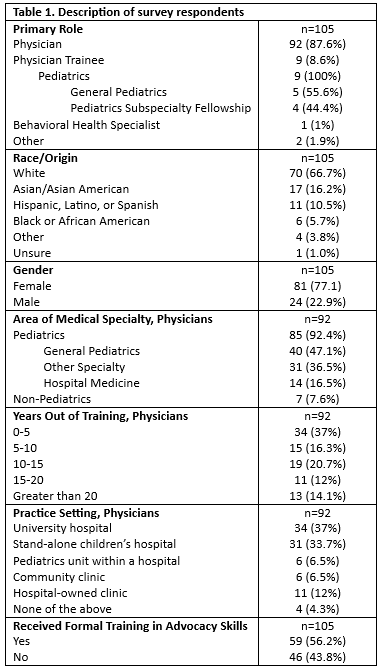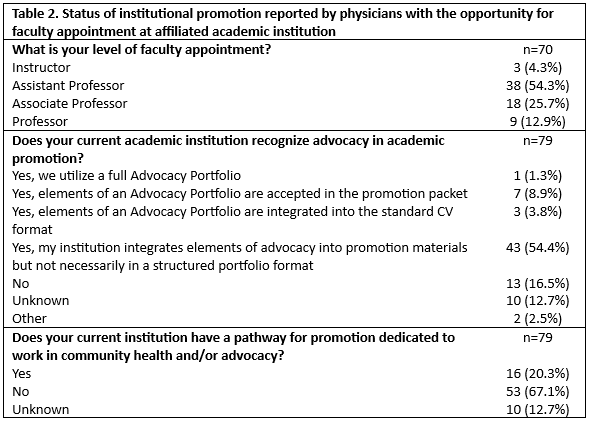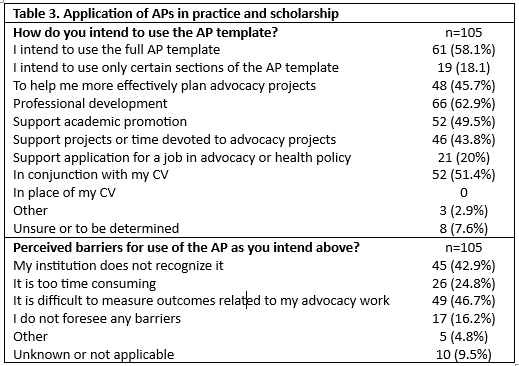Medical Education
Session: Medical Education 3
554 - Utilization and Application of a Novel Advocacy Portfolio Template by Academic Healthcare Providers
Friday, May 3, 2024
5:15 PM - 7:15 PM ET
Poster Number: 554
Publication Number: 554.196
Publication Number: 554.196
.jpg)
Anita Shah, DO MMS MPH (she/her/hers)
Associate Professor
Cincinnati Children's Hospital Medical Center
Cincinnati, Ohio, United States
Presenting Author(s)
Background: Academic promotion in medicine has traditionally been based on the pillars of research, clinical care, and education. Recent changes in medical education require that trainees are equipped with the skills and knowledge necessary to be effective advocates on behalf of patients and populations. Whereas medical school faculty may apply for academic promotion in research or medical education, there are limited opportunities for promotion based on scholarly productivity in advocacy. The introduction of Advocacy Portfolios (APs) allows academic advocates to display advocacy activities for evaluation as scholarship during the promotion process.
Objective: Using a national survey linked to electronic download of an AP Template, we aim to describe the application of APs in practice and scholarship, while highlighting national trends in advocacy recognition during the academic promotion process.
Design/Methods: A nationally recognized group of academic faculty advocates in conjunction with the American Academy of Pediatrics Community Pediatrics Training Initiative (AAP CPTI) created the first standardized and publicly available AP Template. This template was published to the AAP CPTI website, to which users could be directed through routine AAP traffic, advertisement through various organization and academic forums, membership in CPTI, or participation in the Academic Pediatric Association’s Health Policy Scholars Program. Template download was linked to an optional REDCap survey. Survey data will be analyzed using SPSS, including descriptive statistics, p-values, ANOVA, and Chi square.
Results: There were 207 AP Template downloads and 105 surveys completed from 11/21 through 7/23. All respondents who started the survey completed it. Survey responses were collated (Tables 1, 2, 3). Over half of respondents (58%) plan to utilize the full AP template, but only 1% of respondents’ institutions recognize APs in academic promotion. Reported barriers to AP use include lack of institutional recognition and difficulty measuring scholarly advocacy outcomes. Further statistical analysis will examine the association of practice setting, advocacy experience, level of practice/training, race/ethnicity, and gender with intended AP application and perceived barriers to implementation.
Conclusion(s): Our results highlight demand for APs across specialties, faculty levels, and practice settings. Dissemination of APs is necessary but not sufficient for promotion based on advocacy scholarship. Future studies will aim to survey medical academia leadership to better align faculty needs with academic promotion standards.



